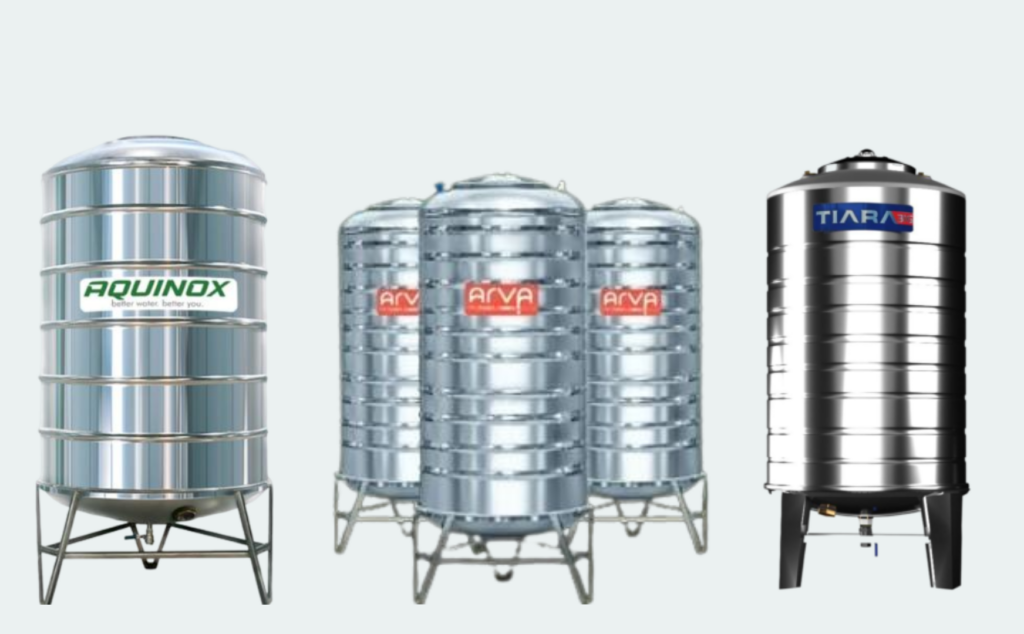
Introduction
In an era where sustainability has become a global priority, stainless steel has emerged as a game-changer in the realm of water storage. From households to industries, the choice of material for water tanks has a significant impact on environmental and health outcomes. Stainless steel, with its durability, recyclability, and efficiency, stands out as a sustainable and eco-friendly solution.
Longevity and Durability
One of the hallmarks of stainless steel is its exceptional durability. Unlike plastic or concrete tanks, which may degrade, crack, or require frequent replacements, stainless steel tanks are built to last. Their resistance to rust, corrosion, and physical wear ensures that they remain functional for decades. This longevity reduces the need for manufacturing and disposal of replacement tanks, thereby decreasing environmental waste.
Recyclability and Resource Efficiency
Stainless steel is one of the most recyclable materials available today. At the end of its life cycle, a stainless steel water tank can be fully recycled without any loss of quality. This promotes a circular economy by conserving natural resources and reducing the environmental burden of mining raw materials. Additionally, many stainless steel products are made using a significant proportion of recycled content, further minimizing their carbon footprint.
Hygiene and Water Quality
When it comes to water storage, hygiene is a critical factor. Stainless steel is an inert material that does not leach harmful chemicals or alter the taste of stored water, making it a safe choice for drinking and domestic use. Plastic tanks, on the other hand, are susceptible to leaching microplastics and other contaminants over time. By ensuring clean and safe water storage, stainless steel contributes to both public health and environmental sustainability.
Resistance to Algae and Microbial Growth
Stainless steel’s non-porous surface prevents the growth of algae and harmful microbes inside water tanks. This property eliminates the need for frequent cleaning with chemical agents, reducing the use of pollutants that can harm ecosystems. It also ensures that water remains pure and uncontaminated over extended periods.
Energy Efficiency in Manufacturing
While the production of stainless steel involves significant energy, advances in technology have made the process more efficient. Additionally, the long lifespan of stainless steel products offsets the initial energy investment. Unlike materials that require frequent replacements, stainless steel’s durability ensures fewer resources are used over time.
Conclusion
Stainless steel is more than just a robust and practical material for water storage; it is a sustainable choice that aligns with global environmental goals. Its durability, recyclability, and ability to maintain water quality make it an eco-friendly solution for individuals and industries alike. As the world embraces sustainable living practices, stainless steel water tanks are proving to be a valuable ally in reducing waste, conserving resources, and ensuring a cleaner, greener future.
Switching to stainless steel for water storage is not just an investment in durability but also a commitment to the planet’s well-being.


